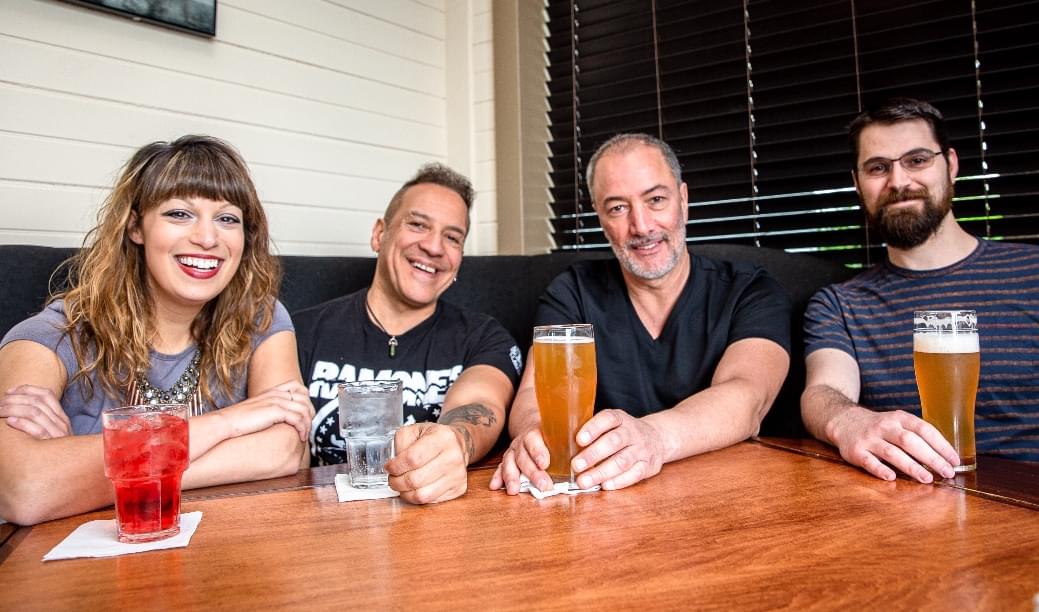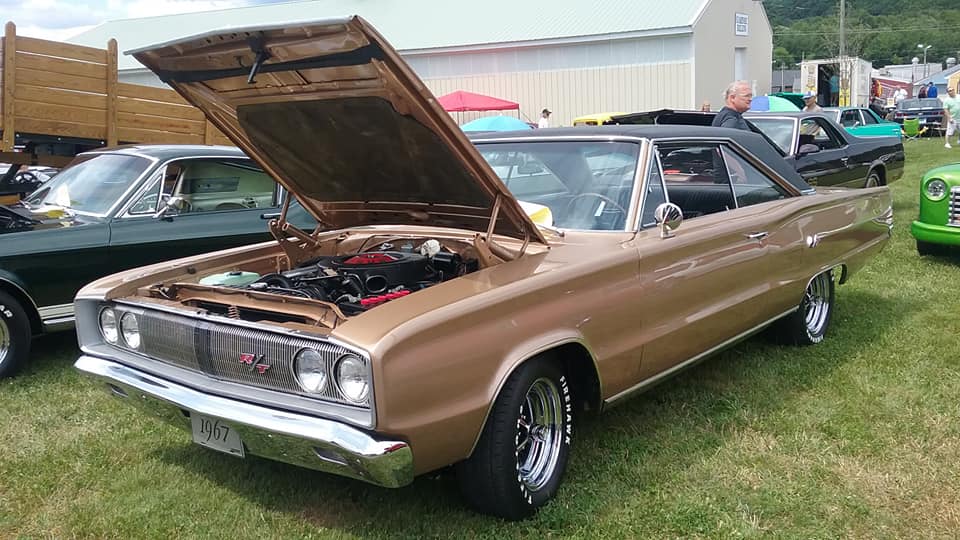Thanks for a great week New Haven. Did we see you there?



Ashley’s father’s injury yesterday that sent him to the hospital (0:00), Dumb Ass News – Russian man records himself pushing a bear, and you can guess what happened next (5:10), Connecticut hockey coach John Krupinsky on the phone to explain why he told the Danbury Hat Tricks minor league team not to kneel for the national anthem (9:16), Loser of the Week began with AJ roasting the people on Facebook who comment about his hair, and ended with Producer Phil throwing it back in his face (19:03), and Boss Keith shares the Top 5 things he learned while making his own will (27:17).

6:13. Sports powered by Road Ready Used Cars.
6:20 – 6:30. Have you had any positive experiences at the DMV? No? Neither have we.
6:40. Papa Gee went to the hospital!
7:00. Reward gets bigger in the murdered dog case.
7:20. Dumb Ass News. Man pushes bear. Bear pushes back.
7:30. Scot Haney is on the phone to talk about the hurricane. Do we have to worry about it?
7:40. Young Chaz is 26 TODAY!!
8:00. CT coach says respect the flag or get the F out. And Comedian Darren Rivera is in studio with us!
8:20 – 8:40. Loser of the week.
9:00. Loser of the Week. Part 2.
9:13. Sports powered by Road Ready Used Cars.
9:20. Dumb Ass News.
9:30. Boss Keith’s Top 5.

Car: Dodge Coronet R/T Hardtop
Year: 1967
What makes it special: Dodge’s midsized Coronet was given new styling for 1966 and could be armed with devastating power. For 1967, they introduced a new model whose initials stood for Road and Track. Without disturbing the Coronet’s clean lines, the R/T added enough performance cues to make its meaning clear. It got an exclusive Charger-inspired grille with exposed headlamps, plus modest nonfunctional hood slats and small R/T emblems. The sporty theme continued inside with standard bucket seats.
What made it famous:Underneath, the R/T was all business: The suspension had heavy-duty everything, even ball joints, while the standard 11-inch police-spec drum brakes could be augmented by a front-disc option. Included in the base price of the R/T hardtop was Chrysler’s largest engine, the 440 cid V8, tweaked to 375 bhp and christened the Magnum. The only engine option was the 426 cid Hemi, now in its second year in “Street” trim and again rated at 425 bhp. It added Transmission choices were Mopar’s excellent heavy-duty 3-speed TorqueFlite automatic or a 4-speed manual transmission.
Why I would want one: It’s one of the most iconic Dodge performance offerings of the decade, not to mention it looks badass just while parked.
Fun fact: For minimum-hassle street work, the buyers choice was the 440 V8. It was quicker than the Hemi up to about 60 mph, cheaper to buy, and easier to maintain.

Ashley’s dad is a big fan of the Rocky movies, so Poppa Gee called in to go toe-to-toe with AJ on Rocky trivia (0:00), West Haven has come together to find the people responsible for burning a dog to death. Meli was on the phone to describe what she heard that night and Scott Orsini from Executive Auto Group put in a $10,000 donation to a reward fund for information (4:18), Jimmy Koplik on Woodstock 50 – was everything the organizers did a mistake? (14:20), Mark Olshaker talks about profiling serial killers, and one of the most prolific serial killers in American history, “The Angel of Death” (34:35), and Dumb Ass News – the sound that only young people can hear – Chaz and AJ play it to annoy half of the show (45:03).

6:00. The Governor gets a report card.
6:13. Sports Powered by Road Ready Used Cars.
6:20 – 6:40. Ashley’s Dad, “Papa Gee,” is on the phone! Him and AJ are going to take on the Tribe in Rocky Trivia! Call in with your questions! If you stump them, you get tickets to Nickelback! 877-764-2535
7:00. More info on the murdered dog in West Haven. We have the West Haven neighbor, Meli, on phone. And Scott Orsini talks about the donation he gave to find the person that did this. If you know anything, please call the West Haven PD at
7:13. Sports Powered by Road Ready Used Cars.
7:20. Dumb Ass News. Mother arrested for driving with her kids on the roof of her car….In a pool!
7:30 – 7:40. Kristin Cusato is in studio. Her musical fundraiser to end Alzheimer’s Disease is July 20th!
8:00. Long Islander goes BANANAS in a Bayshore Bagel store.
8:13. Sports Powered by Road Ready Used Cars.
8:20- 8:40. Jimmy Koplik is on the phone to talk about the final word on Woodstock 50. How do you put together a music festival?
9:00. Mark Olshaker, award winning novelist, is on the phone to talk about FBI Profiling.
9:13. Sports Powered by Road Ready Used Cars.
9:20. Dumb Ass News.